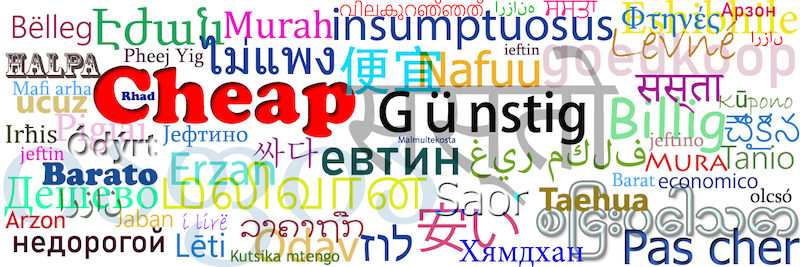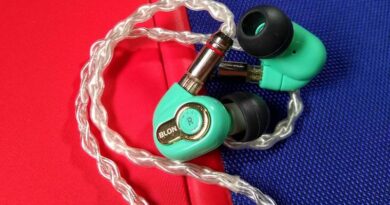Why So Cheap? The Story Of Chi-Fi Earphones (Part 2)
Part 2 of 3. You find Part 1 HERE.
Where did I stop last time? Oh… That’s right! Poor students… I used to be one so I totally understand how they feel. And Chi-Fi products easily satisfy their urge and temptation without breaking the bank or having to moonlight another part-time job. It is a big segment yet to be filled by many well-known earphone brands.
It was about this time that Alibaba was about to become the next big thing in e-commence. Working together with what is known today as the biggest marketplace in world (other than eBay and Amazon), Chi-Fi products became more widespread in Mainland China, around Asia regions and later to the rest of the world for that extensive global-outreach
With Alibaba as backbone, Chi-Fi manufacturers are able to keep their prices low and affordable to the masses. This was the very early intention of Jack Ma also – to make Chinese products more accessible to the rest of the world and to spread the the value of Chinese goods to every nook and corner of planet Earth.
Many Chi-Fi manufacturers care less about fancy packaging or having somebody proofread their product literature. Most of them simply use translation apps that are half-baked or too immature even for daily general communication usage. Remember Venture Electronics Monk earbuds? These come in plastic bags that resemble peppermint cough drops packets. Well, we shouldn’t nitpick as it saves us (the consumers) money.
How about the product itself? Production costs of many Chi-Fi earphones are actually not as high as most people think. I don’t want to bore anybody with maths or numbers, but let me provide a simplified breakdown of costs.
Disclaimer: the statistics listed below are rough estimation. Costs may vary among manufacturers.
Transport and logistics: 20%
Material: 30%
Labour: 10%
Marketing: 30%
Actual profit: 10%
As you can see, majority of your money goes into material and marketing. Say a $20 pair of earphone, that is $6 in material cost, which includes earphones, cable, assortment of eartips, packaging and paperwork. Marketing is where the fun begins… No, no, no… we are not talking about advertisements or store displays. Chi-Fi manufacturers market their products through their expansive network of authorised distributors. These distributors are given a certain quantity of review sets to be sent to renown reviewers around the world. If you are “famous’ enough, you may become one of them who receive the review unit. As you can see, your $6 (out of $20) is used to offset another unit being sent to one of the” famous” reviewers, whose review you will be depending your purchase on.
You mean my $20 earphone costs just $6 to make and the rest of the money I help “fund” reviewers? Yes, kind of… Remember you still have to add profit, labour and transport. E-commence platforms like AliExpress and Taobao offer seasonal discounts and promotions (like 11/11 for example). If you shop during those times, you may be able to buy that earphone for between $14 to $16! (Manufacturers will waive or reduce marketing costs depending on the e-commerce platform’s promotion strategies).
Confused? Don’t be… You just have to know many earphones don’t cost that much to make. Chi-Fi is about quantity, not so much quality. Although I must say many Chinese products are getting better these days. Another good point to take note is you will get the best bang-for-the-buck from “lesser-known” brands and products that aren’t depending on reviewers to help push.
You find an INDEX of our most relevant technical articles HERE.




